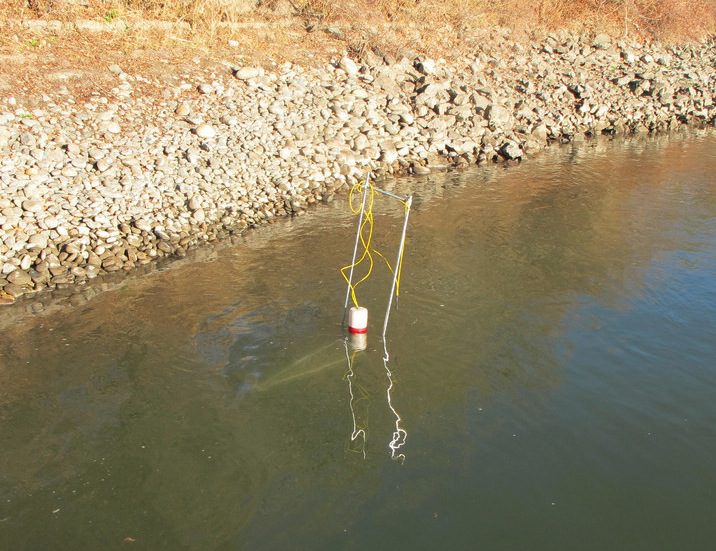Salmon are one of the most popular fish consumed around the world. But is a salmon an invertebrate or a vertebrate? The answer lies in its anatomy.
Vertebrates vs Invertebrates
Animals are classified as either vertebrates or invertebrates based on the presence or absence of a vertebral column, or backbone.
Vertebrates have an internal skeleton and backbone. This includes fish amphibians, reptiles birds and mammals.
Invertebrates lack a vertebral column and backbone. This includes insects, spiders, worms, jellyfish and shellfish.
Vertebrates and invertebrates are further divided into smaller groups based on other features of their bodies.
The Vertebrate Salmon
Salmon belong to the vertebrate group due to their internal skeletal structure More specifically, salmon are bony fish that belong to the family Salmonidae.
Here are some key anatomical features that confirm salmon are vertebrate animals:
-
Backbone – Salmon have a spinal column made up of vertebrae that supports their body structure. This is the defining feature of a vertebrate.
-
Skeleton – Their skeleton is made up of bone and cartilage. Along with the spine, salmon have a bony skull, ribs and fin bones.
-
Closed circulatory system – Salmon have a closed circulatory system with a heart that pumps blood through arteries, veins and capillaries. This is unique to vertebrates.
-
Paired appendages – Their fins are paired appendages supported by fin bones and connecting muscles. Paired appendages are only found in vertebrates.
-
Jaw – Salmon have a jaw made up of the maxilla, premaxilla and dentary bones. A true jaw is a characteristic of vertebrates.
-
Brain – Salmon have a well-developed brain protected by a braincase bone. Complex brains are exclusive to vertebrates.
So while salmon may have similarities to some invertebrates, such as living in the marine environment, their anatomy clearly shows they are vertebrate animals.
Salmon Characteristics
Now that we’ve established salmon are vertebrates, here are some more key facts about these iconic fish:
-
Salmon belong to two genera – Salmo and Oncorhynchus.
-
Well-known salmon species include Chinook, Coho, Pink, Sockeye, Chum and Atlantic.
-
They are born in freshwater but migrate to the ocean to feed and grow before returning to freshwater to spawn.
-
Salmon undergo physical changes as they transition between life stages and prepare for spawning.
-
They play an important role in the ecosystem, transporting nutrients between marine and freshwater environments.
-
Salmon species are prized as a recreational sport fish as well as for commercial fishing.
-
Many populations of wild salmon are threatened and efforts are underway to conserve these resilient fish.
-
Farm-raised salmon make up a sizable portion of the global salmon market.

2019 Partner in the Spotlight Award Image
John Banks. Credit: NOAA Fisheries
John Banks has served as the director of the Penobscot Indian Nations Department of Natural Resources since 1980. John developed and administers a comprehensive natural resources management program for the Tribe. His program advances an integrated management approach that recognizes the interconnectedness of all things in the natural world. He has served on numerous boards, commissions, and delegations. These include the U.S. delegation to the North Atlantic Salmon Conservation Organization (NASCO) and the board of directors for the Penobscot River Restoration Trust.
2021 Partner in the Spotlight Award Image
Credit: Jessica Ruhlin
Maranda Nemeth has been named a Partner in the Spotlight for her work with the Midcoast Conservancy to take down the Head Tide Dam and the Coopers Mills Dam on the Sheepscot River. The two projects fixed up more than 60 miles of Atlantic salmon spawning and raising grounds in the Sheepscot River in the Merrymeeting Bay recovery unit. It is very important to fix up the Sheepscot River because it is home to one of the last eight river-specific stocks in the Gulf of Maine distinct population segment.
Macroinvertebrates Talk with Salmon Watch Volunteer 2020
FAQ
Which fish are invertebrates?
Which animal is invertebrate?
What sea animals are invertebrates?
What fish are not vertebrates?
Is salmon a ray-finned fish?
Salmon ( / ˈsæmən /; pl.: salmon) is the common name for several commercially important species of euryhaline ray-finned fish from the genera Salmo and Oncorhynchus of the family Salmonidae, native to tributaries of the North Atlantic ( Salmo) and North Pacific ( Oncorhynchus) basins.
Is salmon the same as Salmo salar?
This article was most recently revised and updated by Amy Tikkanen. Salmon, originally, the large fish now usually called the Atlantic salmon (Salmo salar), though more recently the name has been applied to similar fishes of the same family (Salmonidae), especially the Pacific salmon, which constitute the genus Oncorhynchus.
Which vertebrates diverged from the invertebrate chordates?
The earliest vertebrates that diverged from the invertebrate chordates were the jawless fishes. Hagfishes are eel-like scavengers that feed on dead invertebrates and other fishes. Lampreys are characterized by a toothed, funnel-like sucking mouth, and some species are parasitic on other fishes.
Are salmon anadromous?
Salmon are typically anadromous: they hatch in the shallow gravel beds of freshwater headstreams and spend their juvenile years in rivers, lakes and freshwater wetlands, migrate to the ocean as adults and live like sea fish, then return to their freshwater birthplace to reproduce.
Which genus contains the Atlantic salmon?
The genus Salmo contains the Atlantic salmon, found in both sides of the North Atlantic, as well as more than 40 other species commonly named as trout. The genus Oncorhynchus contains 12 recognised species which occur naturally only in the North Pacific, six of which are known as Pacific salmon while the remainder are considered trout.
What are the simplest invertebrates?
The simplest of all the invertebrates are the Parazoans, which include only the phylum Porifera: the sponges. Parazoans (“beside animals”) do not display tissue-level organization, although they do have specialized cells that perform specific functions.
